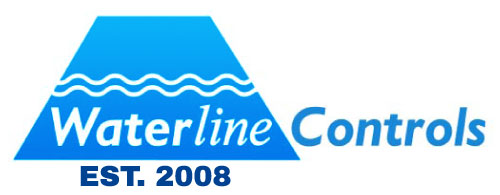Cooling Towers Continue To Take Blame
Cooling Towers Continue To Take Unfounded Blame For Legionella Outbreaks
On September 21st, 2017, online News outlet QNS, in a story on a recent outbreak, couldn’t resist adding, in an offhand way, in a report on a Legionnaires Disease infection:
“Parker Towers does not have a cooling tower, which is usually where Legionalla (sic) thrives.”
Even though the CDC says cooling towers are not the major source for outbreaks.
According to ACHRNEWS.com :
It’s important to keep in mind that out of all cases of LD, 4 percent are outbreaks and 96 percent are individual, sporadic cases. Of the outbreaks, the CDC says about 20 percent are associated with cooling towers and 56 percent are associated with the drinking water supply,” said Considine. “Out of all the cases of LD, that means cooling towers comprise maybe 1-2 percent of all incidents
One reason for many of the outbreaks may be related to our current infrastructure. While a cooling tower may be where the bacteria can grow, it is the water source that may be contaminated that introduces the bacteria. Failing water systems have added a new component to the war against Legionnaires Disease.
Startribune.com in Minnesota recently reported:
State, county and city public health officials are trying to isolate the source of the bacteria in the plumbing system of SilverCreek on Main, which provides memory care, assisted living and independent living services.
While cooling towers continue to take a bad rap for disease outbreaks, the simple fact that the incoming water now has a better chance of being contaminated only means HVAC system operators and building managers must be even more vigilant.
tctimes.com, in Michigan’s Tri-County area reported:
The city of Fenton has been informed by the Genesee County Health Department that a care facility located in the city has tested presumptive positive for the Legionella bacteria in a resident room and an adjacent area, Markland said.
We have been told by the Health Department that this is an isolated incident, in only a part of a facility and is not related to the city’s water system,” Markland (Fenton City Manager) said. “Our records show that the chlorination introduced at the city’s water plant and in the distribution system is high enough to prevent any contamination of the city’s water system.
According to the Alliance to Prevent Legionnaires’ Disease, reducing Legionella in the public water supply would go a long way toward addressing the risk. Another major problem with Legionella is that it’s resistant to chlorine. A combination of chemicals and cleaning is usually employed to eliminate the bacteria. A free toolkit is available from the CDC: Developing a Water Management Program to Reduce Legionella Growth and Spread in Buildings to help understand the complexities involved.

